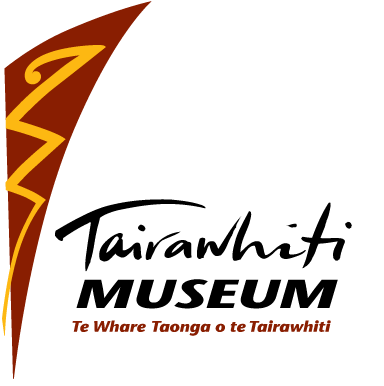This text below has been adapted from the Director’s Note in the March – May 2017 edition of Tui Tui Tuituia! Tairāwhiti Museum’s quarterly newsletter, available on the museum website.
One of the most rewarding aspects of working in a museum is the act of recovery – regaining knowledge of what has been lost.

Too often it is women’s stories, experiences and perspectives that fall to the margins of our histories. We are now commemorating the centenary of the First World War, and women, if they appear at all are predominantly presented as passive – sitting at home, knitting, waiting for news of their loved ones abroad.
Recovery, our new exhibition and publication curated and written by EIT Research Professor Kay Morris Matthews, presents the narratives of women from Tairāwhiti who served overseas in the war. Kay’s research turns passive notions of women’s war work on their head. The East Coast women she profiles were brave, respected, strong, energetic and able leaders, professionally accomplished and endured significant hardships in the course of their war work. With this project we tell their fascinating stories for the first time. I am grateful that the museum has been able to work in partnership with Kay to recover and raise up these unacknowledged women.

Sister Dora Gill (standing left) Nurses accommodation Salonika, 1917 Collection Tairawhiti Museum, 900 Solvander -23
Connections with this project continue across our other exhibitions. Lady Hēni Materoa Carroll, whose story features prominently in the neighbouring Ko Rongowhakaata exhibition received an OBE in 1918 for services to the community during the First World War.

Heni Mataroa Carroll. S P Andrew Ltd :Portrait negatives. Ref: 1/1-013679-G. Alexander Turnbull Library, Wellington, New Zealand. http://natlib.govt.nz/records/23241042
In undertaking our research for the new Wyllie Cottage displays, we found that here too it was the voices of women that spoke most loudly to us. From the cottage’s first occupant Keita Wyllie, a respected Māori woman and political leader in our community, to her daughter Kate, said to have been the first woman of Māori descent to train as a nurse (in 1901). To Gisborne’s remarkable Isabella Rees, who organised theatrical performances for the Allied Forces in England and France during the First World War. Many of the women of Wyllie Cottage have played active roles in the business, professional and political life of Gisborne.

Kate Wyllie (d. 1941) Collection Tairawhiti Museum, Hall-5-900
The recovery business often takes us to places, and to stories and people we don’t expect. At Tairāwhiti Museum one of our most important duties is to challenge preconceived ideas of the past. To do this we must continue to pursue and prioritise the recovery and telling of hidden stories and the people that are not found within the dominant historical narratives of our history books.
Eloise Wallace, director

The exhibition and publication Recovery: Women’s Overseas Service in WW1 is the result of collaborations between the Tairāwhiti Museum, the Eastern Institute of Technology (EIT), The Gisborne Herald and the Nurses and Midwives of Tairāwhiti (NAMOT). It opens to the public on 24 March 2017 – 16 July 2017. All welcome at the launch at 5pm on 24 March. The book will be available to purchase from 24 March, $35.00.

